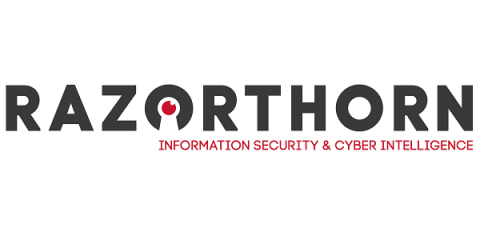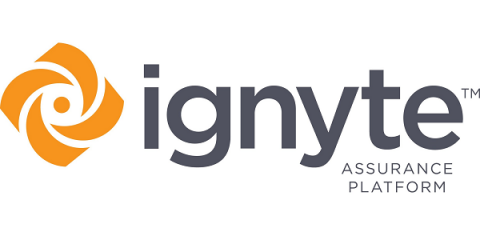How to Find and Secure Your Network Key for Increased Online Privacy
When navigating between all your devices, one term you may have been asked to provide or seen on your tech travels—perhaps when setting up a Wi-Fi connection or troubleshooting— is the network key. A network key functions like a Wi-Fi password to secure your internet connection via a Wi-Fi router or anywhere else. As we know, anything that connects to the Internet requires a strong password to protect it from leaks, hacks, or breaches, and for that, you will need a strong network key.











